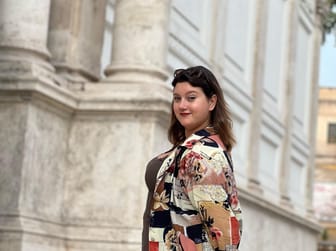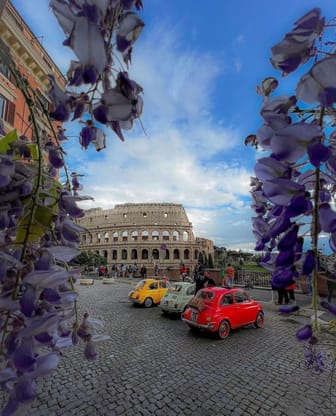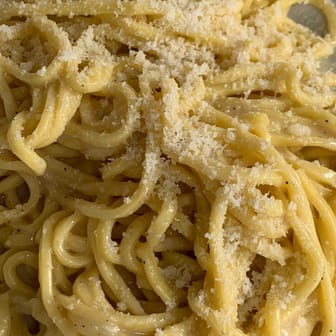Ristorante la Campana
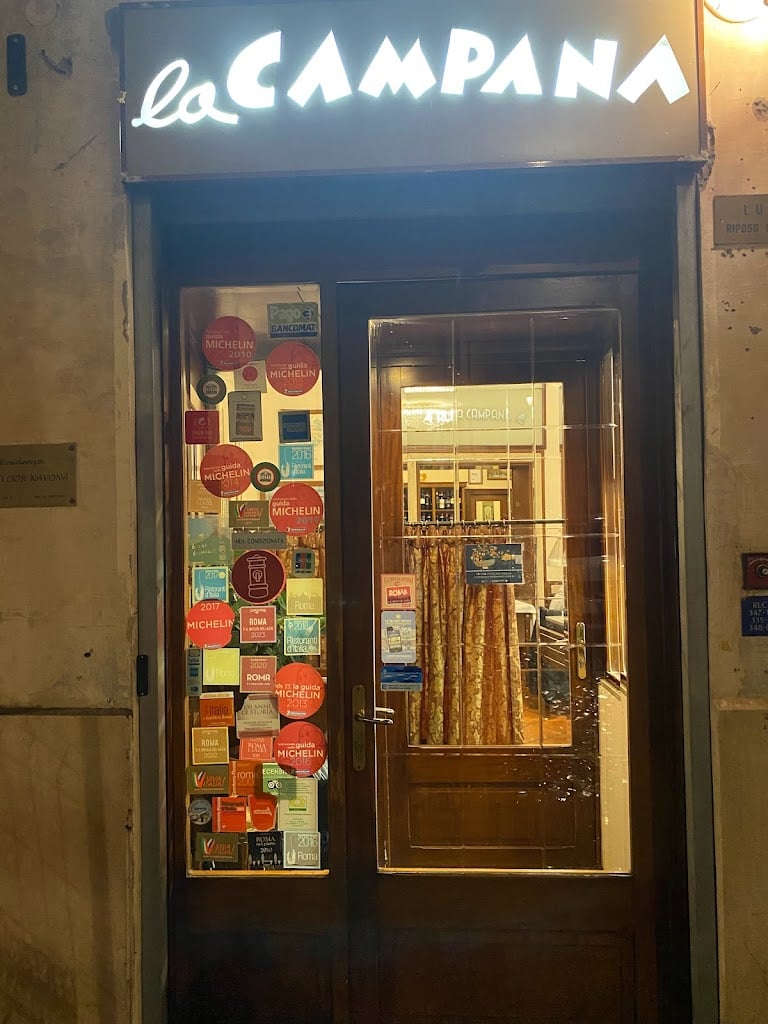

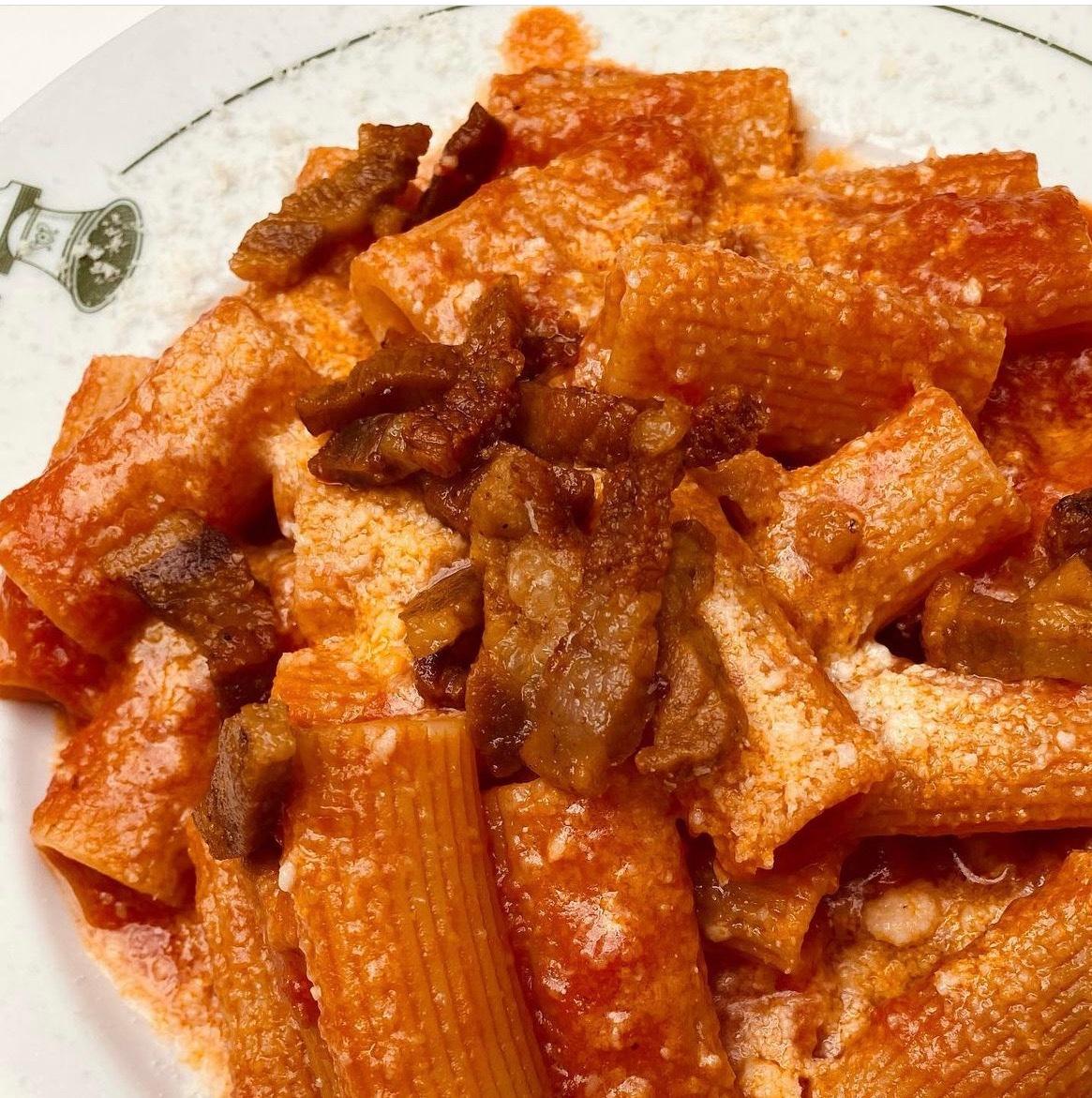
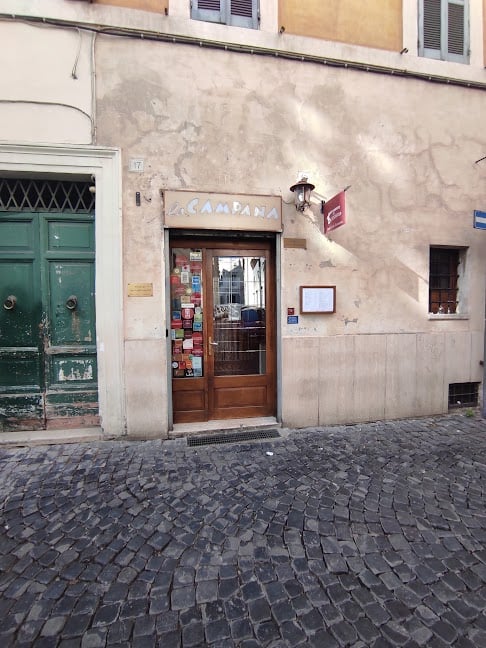

Ask ThatchGPT
Suggest a local expert to plan my trip
Suggest an unique itinerary for my Italy trip
What foods do Italy locals eat
What are some true hidden gems in Italy
Help me brainstorm trip ideas for Italy
Help me plan a family-friendly trip to Italy
What people say
ANDREA MATTINA
"La campana e' si famosa per essere il Ristorante più antico di Roma
(riconosciuto dal
@guinnessworldrecords)ma lo è anche per la cucina che propone.
I piatti della tradizione Romana sono tutti presenti nella sua offerta e meriterebbero di essere assaggiati tutti ma, non potendo farlo vista l'abbondanza dell'offerta, noi ne abbiamo scielti solo alcuni.
Solo si fa per dire ©
Abbiamo iniziato con il Fritto di Cervello e carciofi, Carciofo alla Giudia e un arancino, poi un MUST HAVE del pranzo della Domenica ossia l'Amatriciana seguita da Cotolette d'abbacchio fritte con Carciofi e
Maialino al Forno con patate... pancia mia fatti capanna!!
- Ristorante la Campana -
📍 Vicolo della Campana 18/20"
Read more in:
Asyana
Available for hire
"Rome's oldest restaurant, La Campana, celebrates its 500th anniversary this year. Run by siblings Paolo and Marina Trancassini, this home-style trattoria near Piazza Navona offers an authentic cucina romana, with dishes favored by historical luminaries such as Caravaggio and Picasso. Don't miss their famous pasta dishes, artichokes prepared alla Romana or alla Giuda, and the delightful warm apple torta with ice cream for dessert."
Martina Bartolozzi
Available for hire
"It is rumored that this is the oldest restaurant in Italy, founded in 1518 and always in business. Traditional Roman cuisine.
Enjoy:
- Jewish or Roman-style artichokes (vegetarian);
- carbonara and amatriciana pasta;
- ricotta ravioli pasta with butter and sage sauce (vegetarian);
- "cacio e pepe" pasta (vegetarian);
- roast cod;
- "abbacchio" (lamb);
- fried veal brain."
Read more in:
Mentioned in these guides
About Ristorante la Campana
Get the inside scoop on Ristorante la Campana from local experts, travel creators, and tastemakers. Browse genuine trip notes, Ristorante la Campana reviews, photos, travel guides, and itineraries from real travelers and plan your trip with confidence.
Phone
Save this spot for later or start mapping out a new trip today
Try our AI Travel Assistant and get instant answers to any questions about your trip.
Ask ThatchGPT
